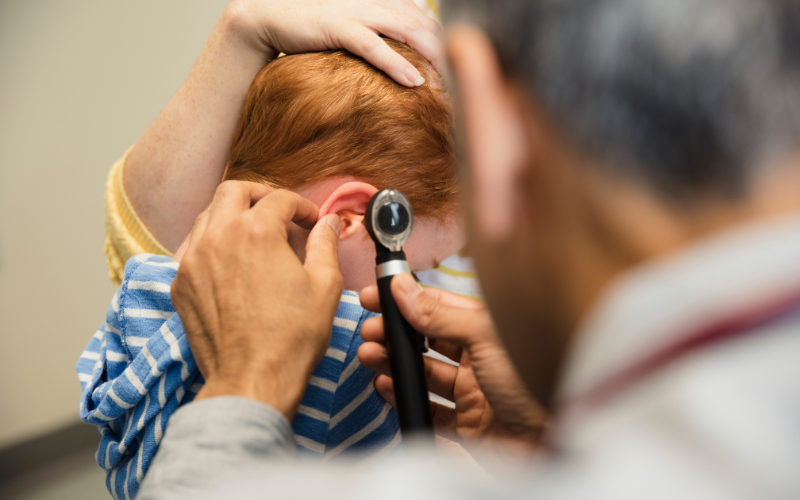Original Article | Good Morning America
The American Academy of Pediatrics is warning parents and caregivers that excessive exposure to loud noises can be detrimental to children, and sound machines can cause more harm to children than previously thought.
In a statement released Saturday, the AAP said: “What families may not realize is that children are exposed to potentially harmful noise from infancy and that the effects are cumulative over a lifetime.”
ABC News medical correspondent Dr. Darien Sutton told “Good Morning America” that millions of children are at risk of some form of hearing loss.
“One of the reasons why is because children have smaller ear canals. That exposes them to intensification of that higher frequency sound and [makes] them at risk for damage,” Sutton explained.

According to one study published in BMJ Global Health in 2022, more than 1 billion young people are at risk of hearing loss around the world due to unsafe high listening volumes. The AAP cited another study that estimated 60% of adolescents listened to music and audio that was greater than the maximum recommended daily noise intake of 85 decibels averaged over eight hours, a standard that is also for adults and not children.
“The average volume that kids listen to music at is 70 to 100 [decibels],” Sutton said. “That’s the upper limit of normal or the range for most of our headphone outputs.”
“Now, noise above 70 [decibels] for prolonged periods of time can cause damage. Noise at 100, which is the maximum, can cause damage in minutes. And noise over 120 can cause immediate harm,” Sutton continued. “So it’s important to pay attention to those volume settings [and] keep them at least 60 to 70% total.”
With sound machines, often used to lull infants and children to sleep, the AAP warns that they are often too loud for healthy listening.
“The AAP recommends that parents and caregivers consider that if an environment sounds too loud for an adult, it probably is too loud for a child. ‘Too loud’ can mean having to raise your voice to speak with someone just an arm’s length away,” the pediatricians’ group said.
“The Academy of Pediatrics recommends, for example, that nurseries have a volume maximum of around 50 decibels,” Sutton said. “That’s a volume that you and I can speak at without raising our voice. Most of these machines go above that. So if you’re going to use them, turn that volume down, place it away from the bed at least seven feet and make sure that you give limits.”
Signs of hearing loss in children
- Early speech and language delays
- No reaction or a startled reaction to loud noises
- Trouble hearing at schools
Sutton recommended parents pay attention to their child’s communication.
“It’s about paying attention to that communication. If you’re finding that your child is speaking loudly, having difficulties with pronunciation, if you’re finding that they’re not reacting to loud noises — these are all some of the reasons why you should get them checked, their hearing checked, because it can help with their learning comprehension and, of course, reduce their risk long-term,” Sutton said.
